
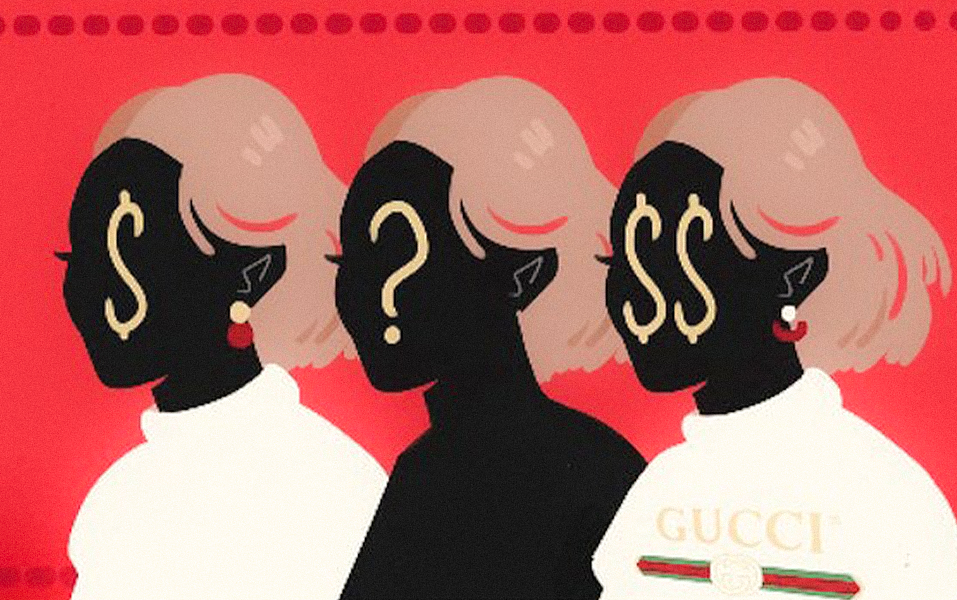
“The moment you put a price tag with a slash, you slash your brand’s power too.”
Ever noticed how you can walk into a fast-fashion store and grab a trendy jacket for half the price during sale season… but when you walk into Louis Vuitton, Rolex, or Chanel, there’s never a discount in sight?
It’s not arrogance. It’s a strategy.
In a world obsessed with deals, there are brands that refuse to play that game—and still win. So, how do they do it? And what can aspiring fashion business professionals learn from them?
Let’s decode the psychology, power, and profitability behind never going on sale.
Luxury thrives on one rule: if everyone can have it, then how is it even a luxury?
Brands like Hermes, Rolex, and Telfar use limited supply to drive demand. Hermes’ Birkin bag is famously difficult to buy, not because of the price, but because of the waitlist. Rolex creates fewer watches than there is demand for—even if you’re ready to pay, you may not get one.
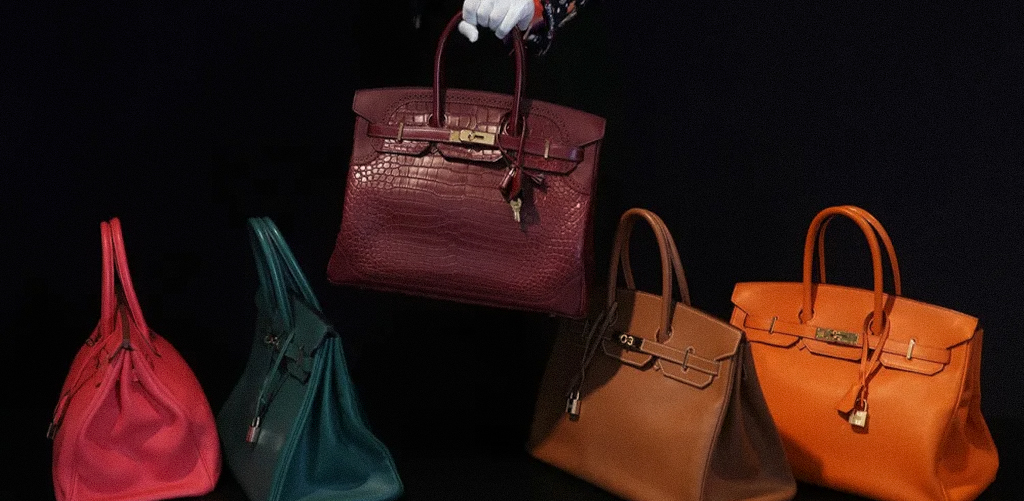
Similarly, streetwear brands like Supreme and Yeezy drop limited pieces weekly, which sell out in minutes. No discounts. No leftovers. Just hype.
This strategy makes the product feel like a reward, not a purchase.
Brands like Louis Vuitton, Apple, and Cartier maintain uniform pricing worldwide. Whether you’re shopping in Tokyo, Paris, or New York—you’ll pay the same amount. Why? Because the brand’s value stays constant.
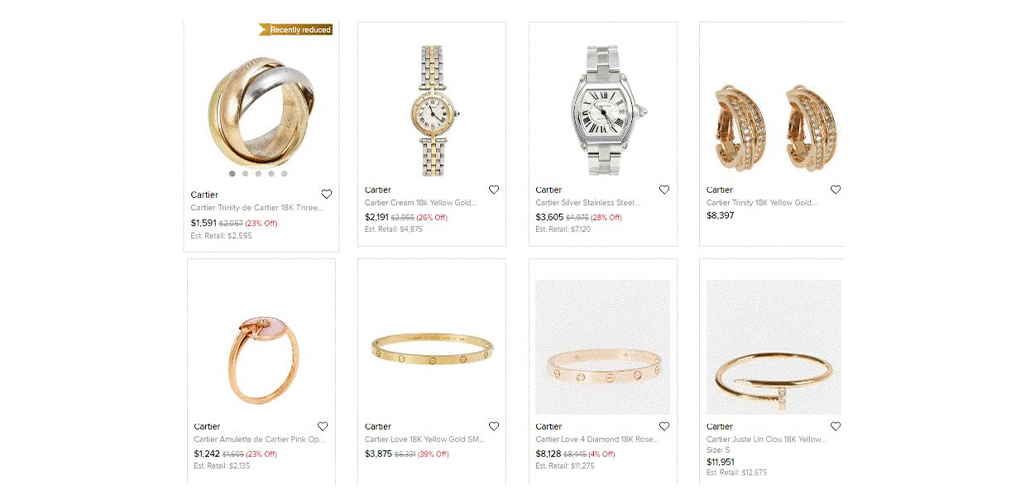
Louis Vuitton doesn’t believe in markdowns. In fact, unsold inventory is often burned rather than discounted to protect its image. Cartier, on the other hand, is known for pulling pieces from retail rather than marking them down, reinforcing its long-term value.
This no-sale policy maintains the brand’s luxury perception and avoids “cheapening” the customer experience.
For students studying Fashion Business Management at JD Institute, these concepts are key lessons in how perception shapes profit
Brands like Gucci and Burberry have learned this the hard way. Gucci once flooded online platforms with markdowns, only to realize it diluted their exclusivity. They’ve since pulled back and returned to full-price, high-design models.
Burberry faced backlash when their iconic trench coats became too common, partly due to discounts and licensing. They’ve since restructured and focused on controlling their distribution and price points again.
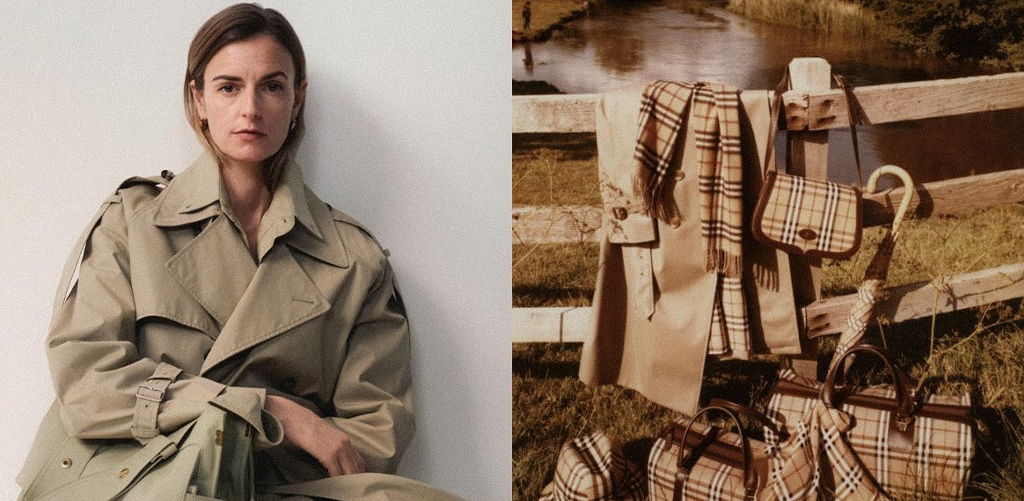
When a product constantly goes on sale, customers stop valuing it at full price. Even mid-tier brands like Michael Kors have struggled with this perception shift after over-discounting.
Walk into a Chanel or Tiffany & Co. boutique. You’re not just buying a product—you’re buying the story, the ambiance, and the way it makes you feel.
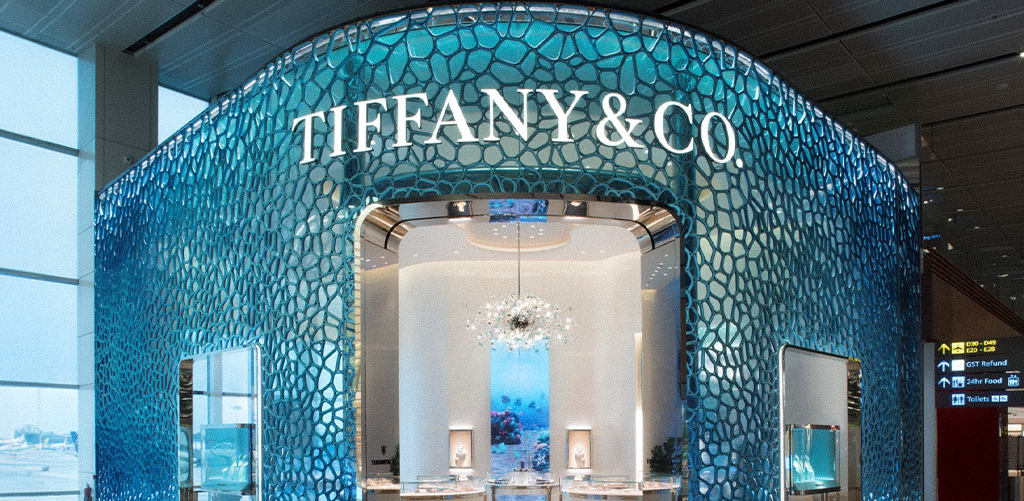
Luxury is a theatre, where presentation matters as much as the item. That experience loses value when paired with bargain-bin pricing.
Tiffany once experimented with mass-market jewelry and lower prices—it didn’t go well. Customers expected elegance, not affordability. The brand had to re-elevate its identity through exclusivity and high-end campaigns.
JD Institute’s curriculum of Fashion Business Management helps students understand this key insight: fashion business isn’t just about product pricing; it’s about designing the entire customer journey.
Brands like Nike (with its SNKRS app), Off-White, and Balenciaga benefit from high resale value—not by chance, but by choice.
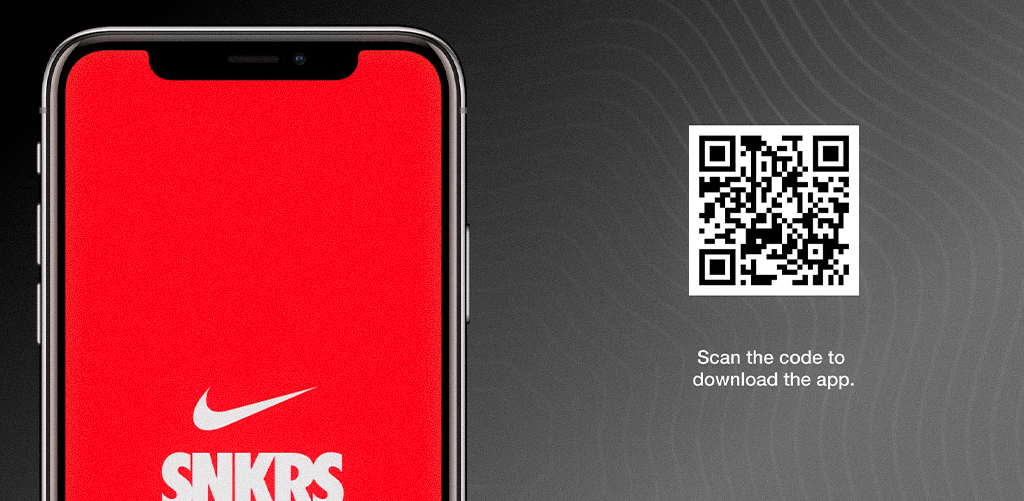
When an Off-White x Nike collab sells out, the resale price often doubles or triples. By controlling how much stock goes out and never reducing prices, brands let the market do the price escalation.
This not only builds hype but also converts buyers into collectors. The more coveted an item becomes, the more people want it—even at full price.
Understanding this ripple effect is essential for future fashion entrepreneurs. Knowing how to create resale buzz is one of the game-changing strategies an aspiring fashion business owner can learn.
Luxury fashion proves one truth: the fewer people can access your product, the more they want it.
That’s not just branding. It’s business brilliance.
For anyone stepping into the fashion industry, learning how brands like Louis Vuitton, Rolex, Chanel, and Supreme profit without discounts is a lesson in power pricing, perception, and positioning.
Want to create a brand that never needs to go on sale to sell out?
Study the real mechanics of Fashion Business at JD Institute, where creativity meets commerce—and pricing becomes a powerful storytelling tool.
After all, in fashion, it’s not about how cheap you can sell. It’s about how strong you can stand.